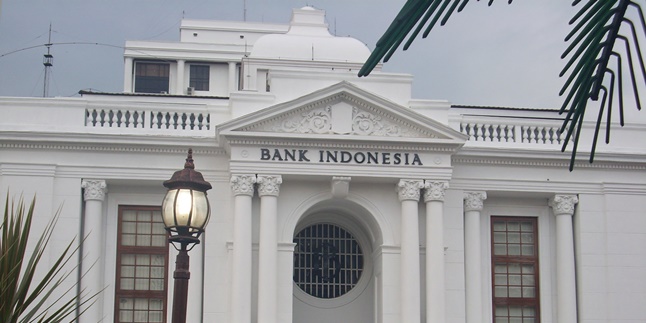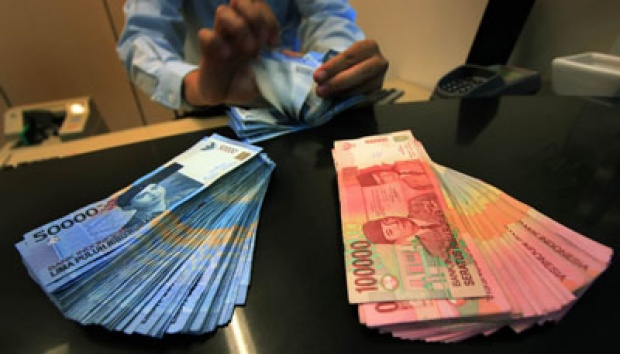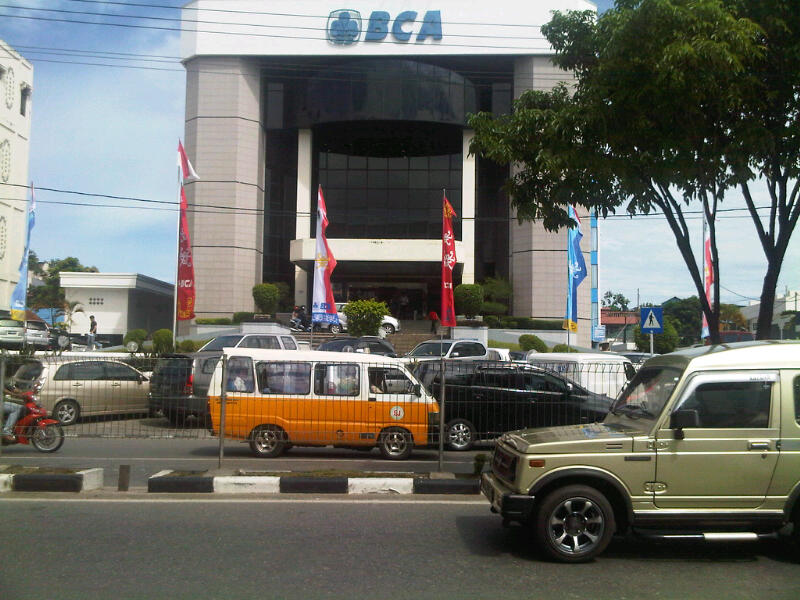Understanding Diatonic and Pentatonic Scales, Understand the Difference Between Them
As the name suggests, a scale is a series or collection of notes arranged in a certain order. Read the complete review here!

Kapanlagi.com - Almost everyone is familiar with banks, right? Banks themselves are financial intermediary institutions that are generally established with the authority to accept deposits, lend money, and issue promissory notes or banknotes. Some banks also provide a number of service products, including transfers, bill payments, loans, and others. In addition, banks generally have the goal of helping economic growth, improving public welfare, and equalizing national development.
Basically, banks have several general functions that you need to know, such as collecting funds from deposits from banks, funds from the public, and other financial institutions. Banks also serve as distributors of funds from the general public in the form of credit cards, securities, and fixed asset ownership. In addition, banks also have the function of monitoring money traffic such as money transfers, credit cards, and so on.
Well, although they have the same general function, it turns out that each bank works differently. There are several types of banks and their functions that you need to know. Instead of being curious, let's directly look at the complete review below.

(credit: flicker)
The first type of bank is distinguished based on its function such as central bank, commercial bank, and people's credit banks. For a more complete understanding, let's take a look at the following review.
-Central Bank
The Central Bank is a private institution or agency responsible for monetary or financial policies in a country. The main task of the central bank is to maintain currency stability or prices in a country. In Indonesia, the role of the central bank is carried out by Bank Indonesia. Later, the bank will control the inflation rate in a country, so the economy of a country will depend on the central bank. It is also important to note that every country in the world has its own central bank, and there is only one in each country.
The central bank has the authority to create and implement monetary policies to control the amount of money circulating in society. In addition, the central bank also has the task of regulating and maintaining the smoothness of both cash and non-cash payment systems. The central bank itself has a great responsibility in regulating and supervising banking from the risks and costs of systemic crises.
- Commercial Bank
The next type of bank based on its function is a commercial bank. Basically, commercial banks provide services in payment transactions. This business entity also has the right to collect money from the public. Well, the collected money will be managed by the bank in the form of deposits and will be rotated back into debt to those in need of funding. Commercial banks can provide these services to the community within their operational area.
- People's Credit Banks (BPR)
People's Credit Banks (BPR) are types of banks that only accept time deposits, savings, and the like. Usually, BPRs are found in small towns close to the community in need. The tasks of BPR itself are to provide credit, provide Shariah principle funds, place funds in the form of certificates, and collect funds from the public.

(credit: flicker)
The second type of bank is differentiated based on its operations, such as conventional banks and Islamic banks. To provide a more complete understanding, let's take a look at the following explanation.
Conventional Banks
Conventional banks are types of banks that provide general financial services regulated by the banking industry. The activities of conventional banks include collecting and distributing funds to the public in the form of credit. Conventional banks determine interest rates based on the Bank Indonesia interest rates. This type of bank is commonly used by the Indonesian community.
Islamic Banks
On the other hand, Islamic banks are types of banks that apply Sharia principles. Regulations regarding Islamic banks are governed by Law Number 21 of 2008 concerning Sharia Banking. These banks are not allowed to operate using gharar, maysir, riba, zalim, and haram objects.

(credit: flicker)
The second type of bank is distinguished based on ownership such as government banks, national private banks, and foreign banks. To make it more complete, let's take a look at the following review.
- Government Banks
Government banks are one type of bank whose shares are owned by the state. Examples of government banks in Indonesia are Mandiri, BTN, BRI, and BNI 46. Each region, each government also has its own banks such as Bank Jateng, Bank Jabar, and others.
- National Private Banks
National private banks are one type of bank whose shares are owned by Indonesian entrepreneurs. Examples of national private banks are Bank Muamalat, Bank Permata, BCA, etc.
- Foreign Banking
As the name suggests, this type of bank is owned by foreigners who open branches in all countries. This bank can be a government bank or a private bank. Some examples of foreign-owned banks include Citibank, HSBC, and others.
Those are a series of types of banks along with their functions that you need to know. Hopefully, it will increase your knowledge and understanding of the types of banks in Indonesia.
(kpl/dtm)
Cobain For You Page (FYP) Yang kamu suka ada di sini,
lihat isinya
As the name suggests, a scale is a series or collection of notes arranged in a certain order. Read the complete review here!
There are various types of online-based media used for learning, known as e-learning. One of the popular ones is Edmodo. Here are the advantages of Edmodo for online learning.
Protein plays an important role in improving the function of organs and body tissues. But what happens if there is an excess of protein? Let's see the body conditions caused by excess protein as follows.
White blood cells play an important role in supporting the body's health such as fighting infections. Just like other nutrients in the body, increasing low white blood cell count can come from certain foods. Check out some types of food.
Many people love to keep murai batu birds because they can find calming peace through their chirping. So, if you are interested in keeping them, it's good for you to know the types of murai birds first. What are they?
There are various shortcomings of Aerox 155, a two-wheeled vehicle produced by Yamaha. Aerox 155 was introduced in 2016, offering the quality of a matic motorcycle equipped with a 155cc engine. Check out the shortcomings and advantages below.
These are 75 heavenly words from famous figures, which are inspiring and full of meaning. Let's check it out KLovers.
Glass is one of the important elements used for interior. To beautify your interior, here are the types of glass along with their functions that you need to know.
One of the interesting features of the iPhone 7 is its claim to be dust and water resistant. It's no wonder that the specifications with these advanced features have managed to attract loyal iPhone users. Check out the advantages of the iPhone 7 below.
Here are some spirited and high-spirited words from General Soedirman. Let's check it out, KLovers.
Without spending a lot of money, you can still naturally reduce your waist size and do it yourself at home. No need for difficult methods, here is an easy way to naturally reduce your waist size. Let's directly check out the complete review below.
Knowledge about angles is very useful in everyday life. In general, the definition of an angle is a space created by two lines spreading from a single meeting point or vertex. Read on for a deeper explanation!